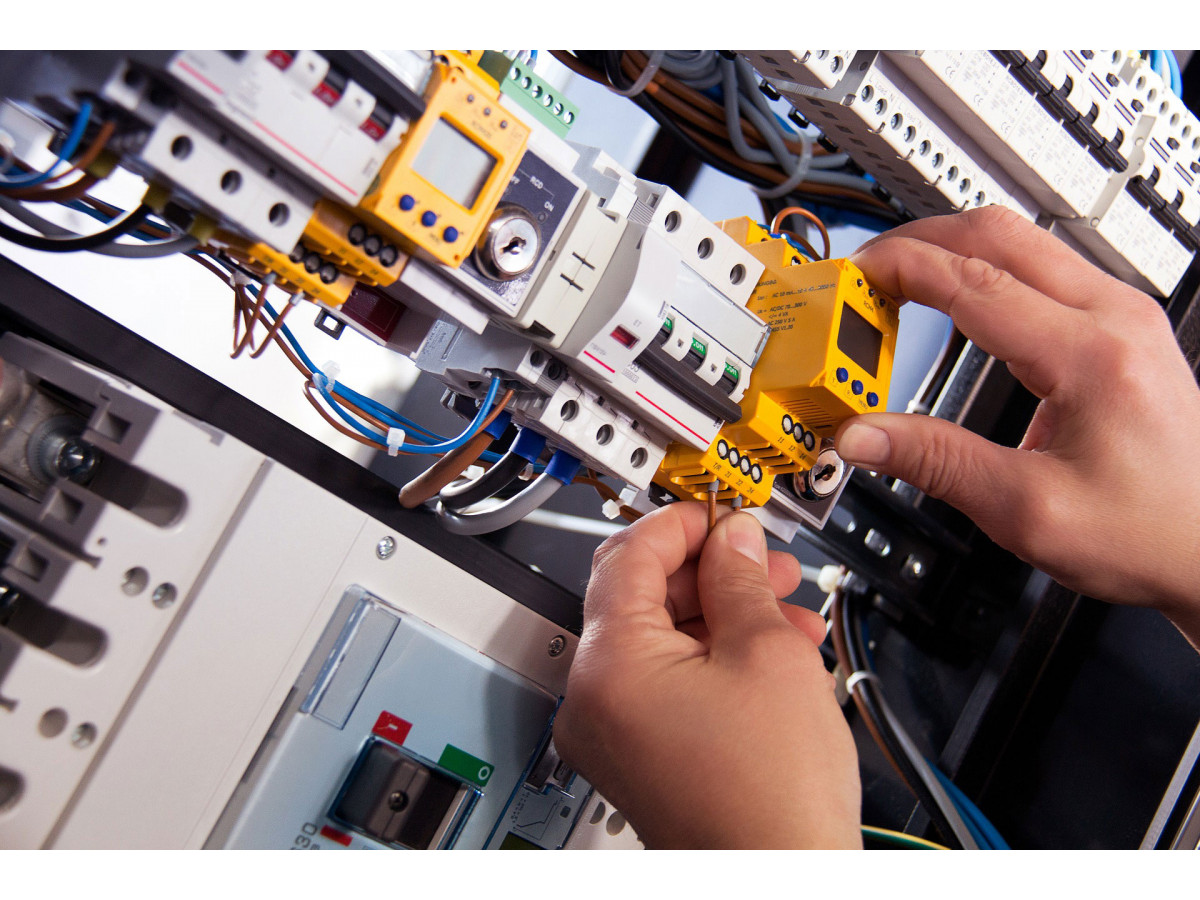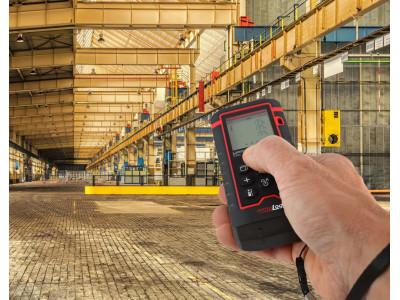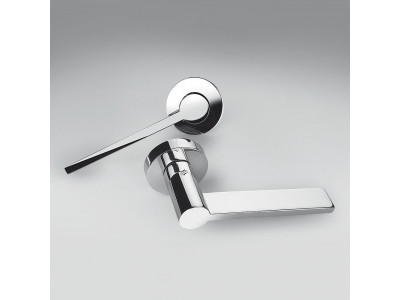How to Choose High-Quality Electrical Fittings: What to Look for When Purchasing
Selecting high-quality electrical fittings is a crucial task, whether you're involved in constructing a new building, renovating, or simply updating a home or office. Electrical fittings encompass switches, outlets, junction boxes, conduit pipes, and other elements that play a key role in the safety, efficiency, and durability of electrical systems. Understanding what to focus on when purchasing these items will help you make the right choice and ensure safety.
Here are some tips to help you choose high-quality electrical fittings:
- Safety Standards and Certification
The first thing to consider when purchasing electrical fittings is whether the product meets safety standards and holds relevant certifications. Look for products that comply with local or international standards.
Compliance with these standards means that the product has been tested for safety, reliability, and durability. Certified electrical fittings reduce the risk of fires, electric shocks, and other hazards.
- Material Quality
The quality of materials used in electrical fittings greatly impacts their longevity and performance. Ensure that the components are made from high-quality, durable materials that can withstand environmental factors over time.
- Plastic Components: Ensure that the plastic used is flame-resistant, impact-resistant, and does not become brittle over time.
- Metal Components: If you opt for metal components (such as metal junction boxes or conduit pipes), make sure they are corrosion-resistant and well-insulated. Common materials include galvanized steel, copper, and brass.
- Electrical Characteristics
Check the electrical characteristics of the fittings, such as the rated voltage and current. These values indicate the maximum load the device can safely handle. Using fittings with incorrect ratings can lead to overheating, short circuits, and fire hazards.
For example, a 16A outlet should not be used for appliances that draw more current than this rating allows. Ensure that the characteristics of all fittings match the requirements of your electrical devices and system.
- Design and Functionality
High-quality electrical fittings should be easy to use and provide a high level of safety. When choosing fittings, consider the following aspects:
- Ergonomics: Switches and outlets should be easy to operate, with smooth action and minimal effort.
- Aesthetic Appeal: Choose fittings that complement the interior design. Modern fittings often feature stylish designs, a variety of finishes, and color options.
- Versatility: Some products offer additional features, such as USB ports in outlets or built-in surge protection, which can enhance convenience and protect devices from power surges.
- Ease of Installation
Another important factor is ease of installation. High-quality electrical fittings should be user-friendly for both professionals and DIY enthusiasts. Look for products with clear instructions and ensure they are compatible with your existing electrical system.
- Durability and Lifespan
Durability is crucial for any electrical fitting, especially those that are frequently used, such as switches, outlets, and circuit breakers. When choosing electrical fittings:
- Reinforced Construction: Look for products with robust designs, such as metal backplates for switches or impact-resistant materials for outlets.
- Environmental Protection: Consider operating conditions, such as humidity, dust, and temperature fluctuations. For outdoor or damp areas, choose products with water and dust protection (IP rating).
- Energy Efficiency
Energy efficiency is also important, especially given the growing concern for the environment. Many electrical products are designed to reduce energy consumption. For example:
- Energy-Efficient Switches: Include dimmers, timers, or motion sensors that automatically turn lights on and off, saving electricity.
- Energy-Efficient Outlets: Some outlets are designed to minimize standby power loss.
Choosing energy-efficient fittings can help reduce electricity costs and minimize environmental impact.
- Price-Quality Ratio
While lower prices may seem attractive, they often come with compromises in safety, durability, and performance. Instead of focusing solely on cost, consider the price-quality ratio:
- Reduced Maintenance Costs: High-quality products are less likely to fail, reducing the need for repairs or replacements.
- Increased Safety: Investing in quality products reduces the risk of accidents, providing greater peace of mind.
- Warranties: Protect you in case of defects.
Conclusion
Choosing high-quality electrical fittings requires careful consideration of factors such as safety standards, material quality, electrical characteristics, and brand reputation. By paying attention to safety, durability, and functionality, you ensure the reliable and efficient operation of your electrical systems for years to come.
Investing in quality products not only enhances the safety and functionality of your electrical system but also protects your home, office, and the people who use them. Whether you're an electrician, contractor, or homeowner, carefully selecting electrical fittings is a long-term investment that will pay off over time.
On our website, you’ll find a wide range of electrical fittings that will fully meet all your needs.





Write a comment